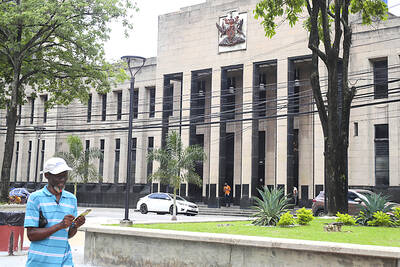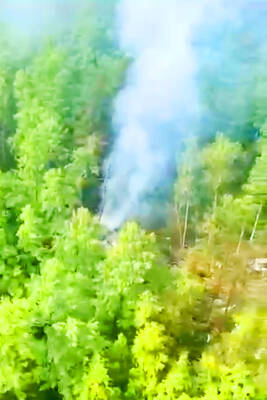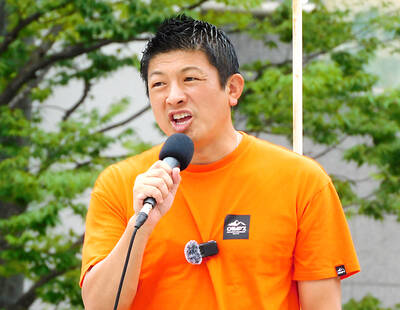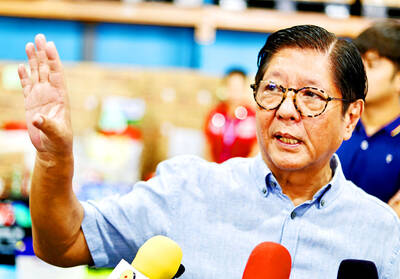The surprise news set off a predictable wildfire of speculation and rumors south of the border.
Almost as soon as North Korea announced this week that its army chief had been dismissed due to “illness,” the aggressive South Korean media went into hyperdrive. By Friday a newspaper, citing “unconfirmed intelligence reports,” said Ri Yong-ho may have been wounded or killed in a blaze of gunfire when soldiers loyal to him resisted an armed attempt to detain him. So which is it — illness or a gun battle? Perhaps neither. North Korea watchers are skeptical of the illness claim, but even an unnamed government official cited in the South Korean account said the firefight “has still not been 100 percent confirmed.”
This is what happens when insatiably curious journalists in Seoul are starved for information about their tight-lipped, isolated rival to the north.
Many seemingly over-the-top news stories cite anonymous government or intelligence officials, North Korean defectors claiming to have sources in their former homeland or simply unexplained, unnamed “sources.” Few say where they get their information and many reports turn out to be wrong.
“The less we know about a country, the more rumors we tend to create about it,” said Kim Byeong-jo, a North Korea professor at the Korea National Defense University in Seoul. “When curiosity is especially strong, rumors grow more sensational ... Imagination takes over where facts are scarce and sources are unclear.”
North Korea has yet to provide details about Ri’s health or his future plans and it is still unclear what actually happened.
The capital, Pyongyang, portrayed a peaceful handover to new military chief Hyon Yong-chol. Soldiers celebrated in the streets with choreographed dances on Thursday after the announcement of Hyon’s new role and the promotion of young new leader Kim Jong-un to marshal.
North Korean officials have disappeared under chilling circumstances before, but the reports of their fates are often based on murky sources.
Amnesty International, citing “unconfirmed reports,” said earlier this year that state security officials had detained more than 200 officials in an effort to consolidate Kim Jong-un’s power before he became leader. The rights group cited more “unconfirmed reports” that 30 North Korean officials involved in talks with South Korea were “executed by firing squad or killed in staged traffic accidents.”
Many reports end up being false. A prominent example ran as a stand-alone special edition of the conservative South Korean newspaper Chosun Ilbo in 1986.
In what it called a “world exclusive,” the paper announced that Kim Il-sung, the current leader’s grandfather and the revered founder of the country, was shot dead on a train near the border with South Korea. A day later, Kim Il-sung was seen greeting a visiting official at Pyongyang’s airport; he died in 1994.
In February, rumors that Kim Jong-un had been assassinated in North Korea’s embassy in Beijing sparked a frenzy of speculation. AP journalists happened to be at the embassy at the time Kim Jong-un was said to have been killed and saw nothing unusual at the facility.
Friday’s reports on Ri were as dramatic as they were murky: Chosun Ilbo reported that 20 to 30 soldiers had died in a gunfight when Ri’s bodyguards resisted soldiers sent to isolate him. The report quoted a source as saying that the possibility of Ri being wounded or killed in the gunfight could not be ruled out.
As an example of how news can become cloudy when information is controlled, Kim Byeong-jo, the professor in Seoul, pointed to South Korea itself. In 1980, tens of thousands took to the streets in Gwangju to protest against the junta that seized power after authoritarian then-South Korean president Park Chung-hee was assassinated in office. About 200 people died, but there were rumors of thousands of deaths. Kim said a media blackout meant people outside the southwestern city knew little about the military operations going on against the city’s people.
“It takes time for real facts to emerge when information is controlled,” he said.

Trinidad and Tobago declared a new state of emergency on Friday after authorities accused a criminal network operating in prisons across the country of plotting to kill key government officials and attack public institutions. It is the second state of emergency to be declared in the twin-island republic in a matter of months. In December last year, authorities took similar action, citing concerns about gang violence. That state of emergency lasted until mid-April. Police said that smuggled cellphones enabled those involved in the plot to exchange encrypted messages. Months of intelligence gathering led investigators to believe the targets included senior police officers,

FOREST SITE: A rescue helicopter spotted the burning fuselage of the plane in a forested area, with rescue personnel saying they saw no evidence of survivors A passenger plane carrying nearly 50 people crashed yesterday in a remote spot in Russia’s far eastern region of Amur, with no immediate signs of survivors, authorities said. The aircraft, a twin-propeller Antonov-24 operated by Angara Airlines, was headed to the town of Tynda from the city of Blagoveshchensk when it disappeared from radar at about 1pm. A rescue helicopter later spotted the burning fuselage of the plane on a forested mountain slope about 16km from Tynda. Videos published by Russian investigators showed what appeared to be columns of smoke billowing from the wreckage of the plane in a dense, forested area. Rescuers in

A disillusioned Japanese electorate feeling the economic pinch goes to the polls today, as a right-wing party promoting a “Japanese first” agenda gains popularity, with fears over foreigners becoming a major election issue. Birthed on YouTube during the COVID-19 pandemic, spreading conspiracy theories about vaccinations and a cabal of global elites, the Sanseito Party has widened its appeal ahead of today’s upper house vote — railing against immigration and dragging rhetoric that was once confined to Japan’s political fringes into the mainstream. Polls show the party might only secure 10 to 15 of the 125 seats up for grabs, but it is

Philippine President Ferdinand Marcos Jr is to meet US President Donald Trump this week, hoping Manila’s status as a key Asian ally would secure a more favorable trade deal before the deadline on Friday next week. Marcos would be the first Southeast Asian leader to meet Trump in his second term. Trump has already struck trade deals with two of Manila’s regional partners, Vietnam and Indonesia, driving tough bargains in trade talks even with close allies that Washington needs to keep onside in its strategic rivalry with China. “I expect our discussions to focus on security and defense, of course, but also